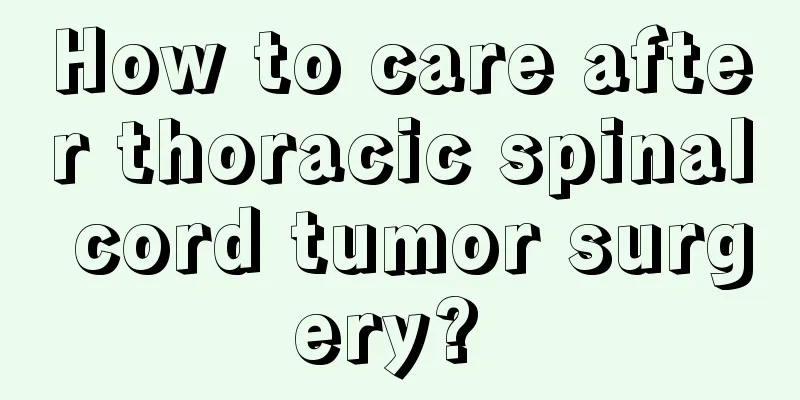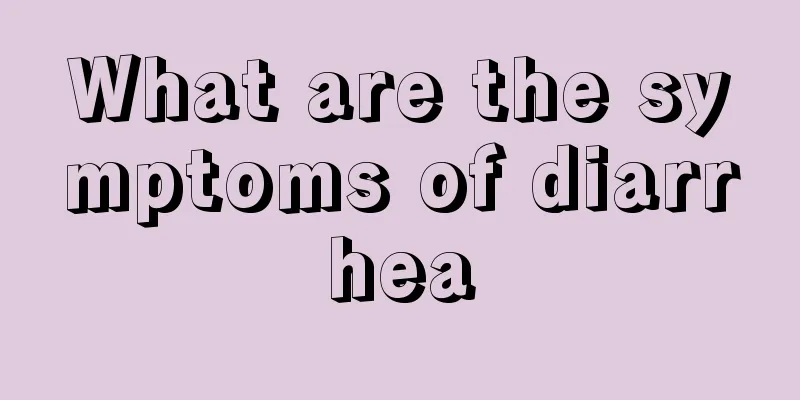How to care after thoracic spinal cord tumor surgery?

|
In life, we must pay attention to the disease of thoracic spinal cord tumor. Patients with this disease should try to eat less hot food, because overheated and too hot food can easily damage the digestive tract, which is also one of the causes of the disease. At the same time, we should also eat less spicy food. For example, long-term drinking can also cause damage to the digestive system. In life, we should also try to eat less fried, smoked and grilled food. When suffering from thoracic spinal cord tumor, the patient will suddenly feel unbearable back pain, weakness in the limbs, numbness, and difficulty urinating and defecating. Now let’s talk about the postoperative care methods for patients with thoracic spinal cord tumor. 1. When moving the patient, the spine must be kept in a horizontal position, especially for high-necked surgery. The patient must be moved with a collar. Care should be taken not to overextend or overflex the neck during movement to avoid aggravating spinal cord injury and causing serious consequences. 2. Postoperative body position: semi-recumbent position for high cervical surgery, lateral position for spinal and thoracic spinal cord surgery, and prone position with sandbags pressed for lumbar and sacral surgery. When turning over after surgery, be careful to keep the spine horizontal and avoid twisting it. 3. After waking up from anesthesia, you can take liquid or semi-liquid food. Do not eat if vomiting occurs. 4. Pay attention to the limb activities of patients with spinal cord tumors for 24 hours after surgery, once every 2 hours. Early detection of possible epidural hematoma. (1) High-necked surgery : After waking up from anesthesia, observe the muscle activity of the limbs, paying special attention to the amplitude and frequency of breathing. (2) Thoracic spine surgery: The upper limbs are not affected. The muscle activity and sensory level changes of lower limbs were observed after surgery. If during the observation process, the level of sensory impairment is found to increase or the strength of limb movement is reduced, delayed intraspinal hemorrhage or spinal cord edema should be considered, and the doctor should be notified immediately to take emergency measures. (3) Cauda equina surgery: Observe the muscle strength and mobility of the lower limbs and the sensation of the skin around the anus to see if the patient has the urge to defecate. After surgery in the cauda equina area, dry and hard stools are common and should be treated with enema if necessary. 5. Patients who are unable to urinate within 6-8 hours after surgery for intraspinal tumors should be catheterized and retained. If retention is required after 3 days, they should be flushed regularly and follow the routine catheterization care. 6. Diet care: After surgery for lumbar sacral tumors, patients can eat liquid food only after anal gas is discharged. Depending on the gastrointestinal function, the food should be gradually changed to semi-liquid or normal food. High-protein, high-energy, easily digestible, high-fiber food should be given, and vitamins and water should be supplemented to prevent constipation. |
<<: What are the main manifestations of macroglobulinemia
>>: What is the cause of bloody ascites?
Recommend
4 signs before death from advanced lung cancer
The four signs of death in the late stage of lung...
Recipes to reduce body fat percentage
The main cause of obesity is too much fat in the ...
What causes Horner's syndrome
Horner's syndrome is an eye disease caused by...
How to eat for ascites caused by ovarian cancer
There is no good treatment for ovarian cancer pat...
Methods for identifying silver bracelets
In ancient times, it was very popular to wear sil...
What is the reason for blood in urine?
If there is blood in the stool when urinating, yo...
What are the methods to reduce swelling from mosquito bites
People are often bitten by mosquitoes during hot ...
Differential diagnosis of liver cancer
Are there any simple and reliable testing methods...
What are the hazards of phenol to human body
Many people may not be familiar with phenol, but ...
What is the weaning massage technique?
If a postpartum woman wants to wean, she must not...
What should I do if I get pregnant before marriage?
Getting pregnant before getting married is a very...
Elderly patients will have obvious loss of appetite, which is an early symptom of gastric cancer
Although people's living standards have impro...
The fate of a man with short and thick fingers
In our lives, many people pay special attention t...
In early summer, you should stick to 7 "more" things to maintain your health
In early summer, the temperature is high and ener...
Does champagne have a shelf life?
Champagne is a type of alcohol that many people l...









